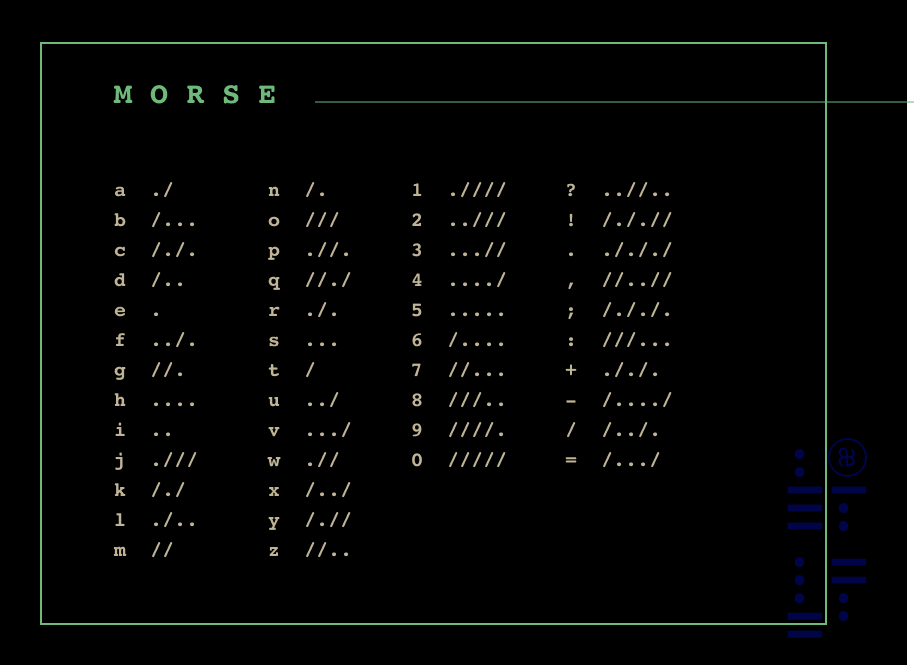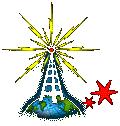
<< radio home
<< index
by disinfoniacs #69 & #1
>>>>
Whenever you receive your call sign, it's important to use it correctly when communicating on the air. As an amateur station, you are required to transmit your call sign at least every 10 minutes during and at the end of a communication.
In your operating career, you may have the opportunity to participate in community service communications nets, such as for a local marathon. In these cases, you may use a special call sign called a "tactical identifier," like "Race Headquarters." However, it's crucial to remember that the call sign identification rule remains the same - you must transmit your FCC call sign at the end of each communication and every 10 minutes during a communication.
Have you come across the ITU Phonetic Alphabet? It's a system that converts letters to words, making it easier for other stations to understand your call sign. For example, "K" becomes "Kilo." The FCC encourages the use of the ITU Phonetic Alphabet when identifying your call sign on the air. Using this system, our call sign of KD3FOL would be "Kilo Delta Three Foxtrot Oscar Lima." This can help distinguish letters that may sound similar, such as "V" and "B."
In the United States and its territories, the FCC requires that the English language be used for station identification when operating in the phone sub-band. This means that while you must identify your station with your call sign in English, you can communicate in any language you prefer for the rest of the conversation.
It's worth noting that the term "phone" in this context refers to voice communications, similar to telephone. The term "phone" is used in the exam question though it refers to radio.
Another important aspect of ham radio communication is Morse code, also known as CW (Continuous Wave). It's a method of transmitting letters or numbers by using a single tone, either long or short.

As an amateur radio operator, you have the flexibility to identify your station in a variety of ways. In addition to the standard method of voice transmission, sending your call sign via Morse code is also an accepted method of identification, even when operating within a phone sub-band (or phone emission).
Another useful tool for identifying your station is the use of self-assigned indicators. These indicators, typically represented as a slash and a letter or number, serve to specify your location. For example, adding a “/3” to your call sign, KD8GC, would indicate that you are currently operating in call sign area 3 (Pennsylvania), rather than your usual location. This can be especially useful when communicating with other hams who may be unfamiliar with the geographical distribution of call signs.
When using a phone transmission, self-assigned indicators such as /QRP (low power), /MM (mobile), and /P (portable) are acceptable. These indicators provide additional information to other stations and help to avoid confusion in your communications.
Which of the following self-assigned indicators are acceptable when using a phone transmission?
In ham radio, “stroke,” “slant” and “slash” all have the same meaning.
Your ham radio license opens up a world of possibilities, including the exciting opportunity to remotely control drones, planes, and other model craft. What sets this apart from traditional voice transmissions is that station identification is not required when transmitting signals to control model craft. This allows you to fully immerse yourself in the experience of maneuvering boats, cars, and drones with precision and ease.
<< previous lesson | next lesson >>
---
<< radio home
<< index
